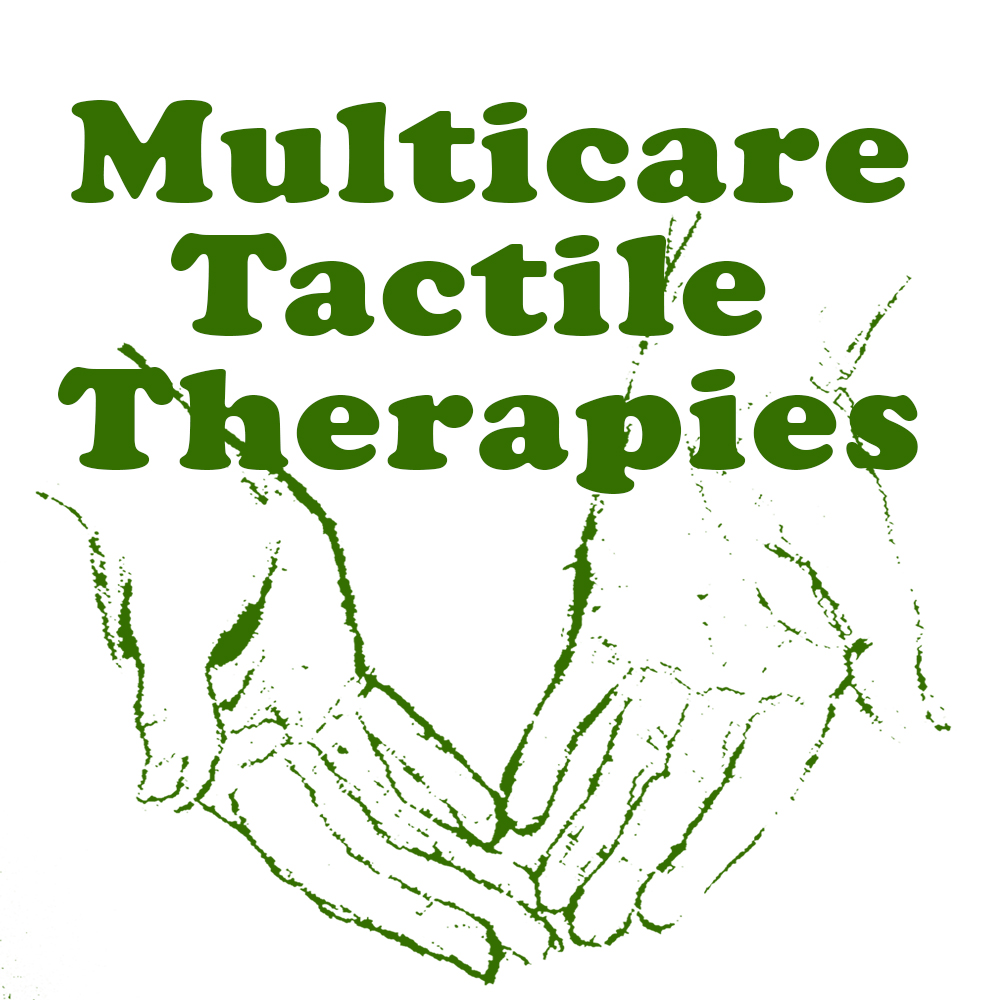
Therapeutic Massage is a series of treatments related specifically to need.
Therapeutic massage is a full range of techniques designed to assess and then heal to soft tissue injuries. These may include but are not limited to massage therapy, trigger point therapy, myofascial release, muscle energy techniques, craniofacial therapy, deep tissue massage, and so on.
In that regard, this therapy I with a particular and purposeful outcome in mind. The aims are to relieve pain, increase range of motion, and to help repair and restore soft tissues. Muscles, tendons, and ligaments restored to their healthy function.
* By using levels of palpation, the massage therapist can locate and determine pain levels.
* The range of motion and muscle strength is tested through passive movement, which involves the massage therapist moving the specific muscle groups. While the client is calm, an active movement which consists of the client’s motion of the muscles; and the resisted movement, which involves the clients’ action opposing the action.
* If clinical history related to previous soft tissue injuries and massage therapy is available, a comparison of the current situation and the phase of healing will be determined.
* The findings are carefully reviewed, and customized treatment plans constructed.
Most every condition of the injury of the soft tissues can benefit from Remedial massage. However, the following list of muscle dysfunction responds significantly to its therapy:
Therapeutic Massage for Myofascial Pain.
Pain and physiological dysfunctions start at specific points within muscles and their connective tissues. These are referred to as trigger points as they tend to trigger further muscle reactions.
Researchers have recorded a comprehensive map system of myofascial trigger points and been able to identify impairment associated. The most frequent dysfunctions are,
carpal tunnel syndrome, TMJ dysfunction, PMS, headache, diarrhea, dizziness, cardiac arrhythmia, indigestion, tennis elbow, to mention just a few.
Fascia Dysfunction.
Fascia covers the entire body in large connected sheets. These can be twisted out of shape when imposed with injury, misalignment, or chemical imbalance. To promote good health, the fascial layers and the blood vessels and nerves which follow them must be in the right conditions.
Neuromuscular Dysfunction.
The movements of the body require nerve impulses directed to muscles. It directly involves the adjoining and opposing muscles. It s conducted accomplished when the actions of these functions break down; muscle fibers and blocked tissues.
Tonus System Dysfunction.
Overused muscles lose their ability to relax. Consequently, they tighten and affect opposing muscles, and on the joints, they cross.
Dermatomic Dysfunction.
When nerves are pinched along the nerve path, the pain will disturb the region they support.
Spondylogenic Dysfunction.
When vertebrae of the spine are subluxated, the pain will occur in that specific area.
People suffering from muscle or joint pains muscle tightness fatigue or tension will find relief from remedial massage — also, those suffering from shooting or spreading pains. For those who experience allergies, asthma, anxiety or depression, digestive system irregularities, arthritis or circulatory problems, sleep disorders, headaches, immune function disorders, or stress can have their symptoms relieved through remedial massage.
